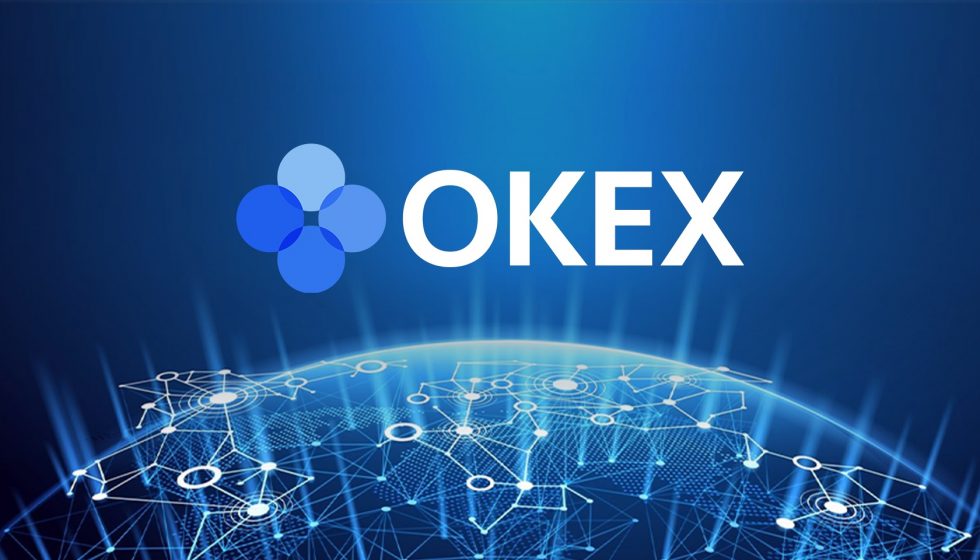Ethereum Second-Layer Scalability Still Needs Work
Ethereum Second-Layer scaling solutions are designed to help Ethereum scale by processing transactions off-chain before batching them

Ethereum Second-Layer is the second-largest blockchain platform by market capitalization, and it is home to a wide range of decentralized applications (DApps), including?decentralized exchanges, non-fungible token (NFT) marketplaces, and lending protocols. However, Ethereum has faced scalability challenges in recent years, as the network has become increasingly congested and transaction fees have risen.
Layer 2 scaling solutions are designed to help Ethereum scale by processing transactions off-chain before batching them and submitting them to the main Ethereum blockchain. This can significantly increase the transaction throug hput of the network and reduce transaction fees for users.
While there are a number of promising layer 2 scaling solutions in development, the technology is still relatively new and there are some challenges that need to be addressed before it can be widely adopted.
Challenges facing Ethereum layer 2 scalability
One of the biggest challenges facing Ethereum layer 2 scalability is the lack of integration with existing wallets and other tooling. This makes it difficult for users to access and use layer 2 solutions.
Another challenge is the lack of developer confidence in any one layer 2 solution. There are a number of different layer 2 solutions in development, but it is not yet clear which one will emerge as the dominant standard. This uncertainty is making it difficult for developers to commit to building applications on layer 2.
Finally, there are some technical challenges that need to be addressed before layer 2 scaling solutions can be widely adopted. For example, some layer 2 solutions require users to trust a central authority, which can reduce the security and decentralization of the network.
Progress being made on Ethereum layer 2 scalability
Despite the challenges, there is significant progress being made on Ethereum layer 2 scalability. A number of layer 2 solutions have been launched on mainnet, and the ecosystem is growing rapidly.
One of the most promising layer 2 solutions is Optimistic Rollups. Optimistic Rollups bundle hundreds of transactions together and submit them to the main Ethereum blockchain as a single transaction. This can significantly increase the transaction throughput of the network and reduce transaction fees for users.
Another promising layer 2 solution is ZK Rollups. ZK Rollups use zero-knowledge proofs to verify transactions off-chain. This allows ZK Rollups to process transactions much faster than Optimistic Rollups, and without the need for a trusted third party.
When will Ethereum layer 2 scalability be ready for widespread adoption?
It is difficult to say exactly when Ethereum layer 2 scalability will be ready for widespread adoption. However, the progress being made is encouraging, and it is likely that layer 2 solutions will play a major role in scaling Ethereum in the coming years.
How to improve Ethereum layer 2 scalability
There are a number of things that can be done to improve Ethereum layer 2 scalability. One is to improve the integration between layer 2 solutions and existing wallets and other tooling. This would make it easier for users to access and use layer 2 solutions.
Another way to improve Ethereum layer 2 scalability is to build more developer confidence in layer 2 solutions. This can be done by providing clear guidance on which layer 2 solutions are ready for production use and by investing in development tools and resources.
Finally, the technical challenges that need to be addressed before layer 2 scaling solutions can be widely adopted need to be resolved. This includes developing more secure and decentralized layer 2 solutions and improving the performance of layer 2 solutions.
Ethereum second-layer scalability still needs work, but there is significant progress being made. A number of layer 2 solutions have been launched on mainnet, and the ecosystem is growing rapidly.
It is likely that layer 2 solutions will play a major role in scaling Ethereum in the coming years. However, there are a number of things that need to be done to improve Ethereum layer 2 scalability, such as improving the integration between layer 2 solutions and existing wallets and other tooling, building more developer confidence in layer 2 solutions, and resolving the technical challenges that need to be addressed before layer 2 scaling solutions can be widely adopted.
What's Your Reaction?
















